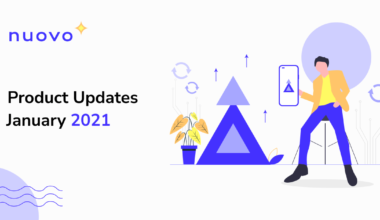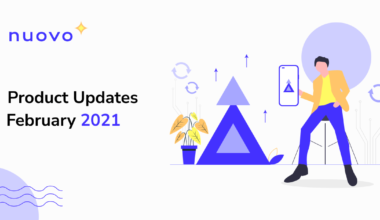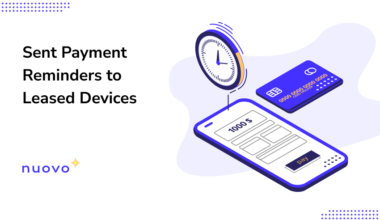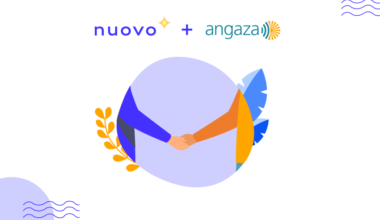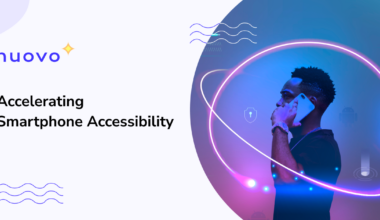Government inclination toward digital lending, escalating demand for smartphones, and greater flexibility and options for borrowers are creating an enormous demand for digital lending. Regulatory concerns and hesitation to adopt new technologies by traditional banks are also driving various growth opportunities for the digital lending market.
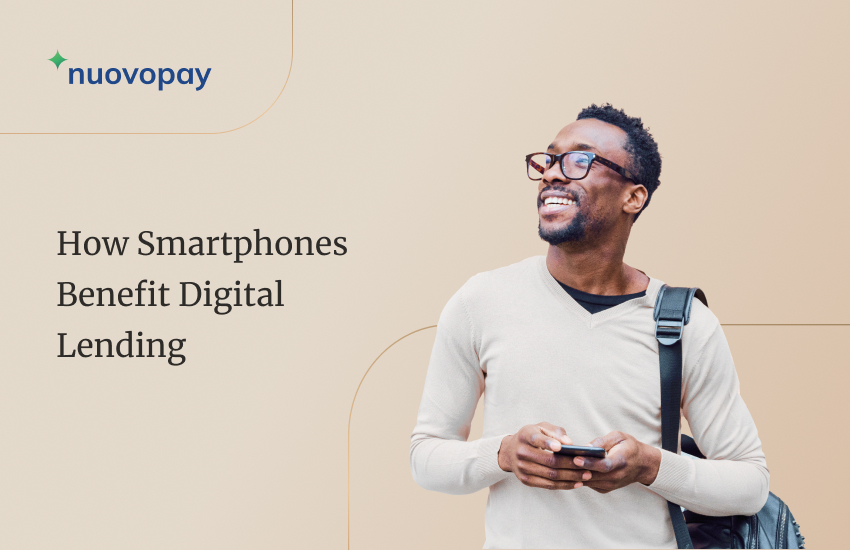
The increasing demand to ease loan applications is pushing digital lenders to expand the scope of their activities to offer loans. Digital lenders offer student loan refinance, direct student loans, personal loans, smartphone loans, and even mortgages.
As digital lending continues to speed up, smartphone proliferation and rising internet penetration help customers optimize the digital loan process.
What is Digital Lending?
There isn’t a universally acceptable definition for digital lending. It is a FinTech innovation in which the entire loan process, from the loan application, disbursal, and repayment, takes place remotely over the web or mobile apps.
Digital lending apps are a combination of business models such as peer-to-peer lending and crowdfunding, along with new-age technologies such as AI, automation, and data analytics.
Highlights
- USD 5.84 billion – market platform size in 2021.
- 25.9% CAGR – expected growth rate from 2022 to 2030.
- Smartphone proliferation, internet penetration, and government initiatives in emerging countries fueling growth.
Benefits of Digital Lending
Digitization of the lending process brings several benefits for banks, micro-enterprises, and individuals.
Perfect for New-to-Credit Borrowers
New-to-credit individuals can find it difficult to obtain loans from traditional banking institutions. With no credit history, lenders may find such individuals as risky borrowers because there is no information about managing debt.
To improve the chances of securing a loan, digital lending platforms build upon a customer’s data from non-traditional data sources. Plus, consumers can access digital lending apps anywhere from their smartphones, making borrowing faster and easier.
Minimal Documentation
Digital lending requires zero or minimal documentation, making the entire online process fast. Consumers do not need to manually submit ID proofs, bank statements, or other documents. Some platforms will consider the loan request and qualifications and match the person with multiple lending partners to get the best offer.
The lending process is often transparent. Companies share feedback on why and what went wrong and to better the application process to get loan approval.
Social authorizations are also evaluated digitally. Instead of providing documents, customers can choose to connect their social media profiles to get lower interest rates. This eliminates the pain of paperwork and manual processes.
Better Alternative to Informal Lending
Under the traditional model, individuals that face high unexpected costs, such as a medical emergency, either borrow loans at unreasonably high-interest rates or sell personal assets.
With digital lending, consumers can obtain instant emergency loans by uploading documents on the mobile app and getting quicker approval with minimum documentation.
Digital Lending Rises as Smartphone Use Increases
Smartphone sales continue to grow each year. Less than half of the world’s population owned a smartphone in 2016, but smartphone penetration increased and touched 78.05 percent in 2020. The trend continues as 1.43 billion smartphones were sold worldwide last year. And this number is projected to grow soon.
The availability of low-cost handsets, smartphone financing options, and the proliferation of faster and cheaper internet connections is accelerating the digital lending process.
An increasingly digital lifestyle is changing how customers apply for loans. Customers find it comfortable and easier to access digital lending services via smartphones. According to a recent consumer trends survey, nearly two-thirds of loan applicants use computers or mobile devices–smartphones or tablets–to complete at least a portion of loan applications.
Consumers use mobile devices to read loan documents provided by lenders, upload requested documents, and download received documents as a part of the loan approval process.
However, screen size and security concerns are the major barriers to mobile loan applications. But the large-screen trend will continue to remain popular, overcoming the screen size concern. To ease security concerns, local banking regulators should work with tech companies to monitor and check the state of digital lending applications.
For instance, Google removed 30 money lending apps for non-compliance from its Android Play Store as per directions from India’s banking regulator, the Reserve Bank of India.
Wrapping Up
Today’s consumers are comfortable with automation and smartphones for all their banking activities. Using smartphones for digital lending gives users, especially those who need urgent small-ticket loans, the option to download lending apps and receive loans without longer loan approval times. Less paperwork and liberal eligibility checks by digital lending companies make digital lending attractive for consumers with poor credit scores, or a lack thereof.
References:
